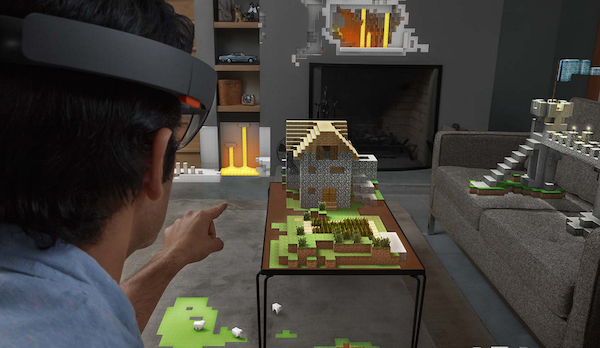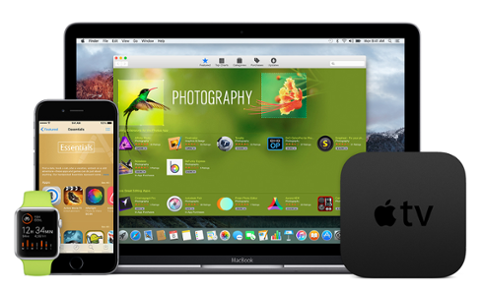- Gesture
- Voice recognition
- Spatial audio and mapping
- User point-of-view
How HoloLens Will Alter Your App-Building
At its annual Build conference last week, Microsoft offered the press a hands-on look at its upcoming HoloLens, an augmented-reality headset that projects holograms on a front lens; users can manipulate the holograms via gesture and voice. As part of the experience, Microsoft offered those reporters a chance to “build” their own, relatively uncomplicated app. The word “build” is in quotation marks because the ink-stained wretches didn’t actually construct the aforementioned apps from the ground up, which would have taken far longer than the session’s allotted time; rather, they slapped together some prebuilt assets in Unity before exporting the half-baked product to Visual Studio for finishing and uploading to the hardware. Any developer potentially interested in creating apps for HoloLens will need to take into account a number of factors that don’t always come into play when building software for traditional screens, including:



